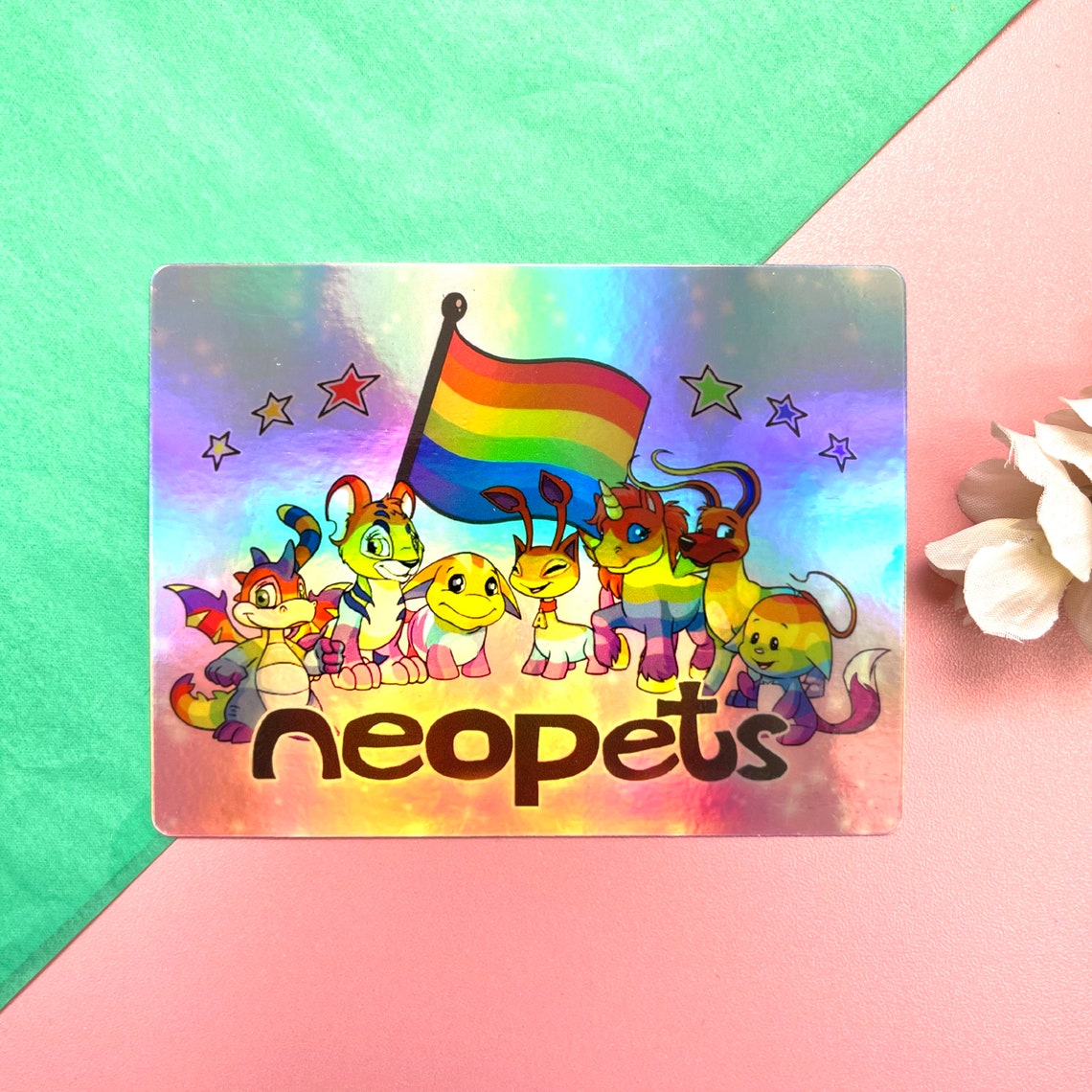

After the four-year tour, Barnum donated Jumbo to the University, and the elephant was adopted as its mascot.

Jumbo was a huge attraction as part of Barnum’s famous circus, but was hit by a train and killed in 1885.Īfter Jumbo’s tragic death, Barnum embarked on a lucrative tour featuring a taxidermied Jumbo. Barnum purchased the elephant from the London Zoo and brought him to America in 1882. Jumbo was a male African elephant owned by Tufts benefactor P.T. Jumbo’s legendary past gives meaning to his role as a mascot. Besides, it’s better than being the ‘Purple Cows’.” “Our team in particular has a lot of pride in being Jumbos. “When you know the history of Tufts, there’s a lot of pride,” McCourt said. Megan McCourt, sophomore goalie of the women’s soccer team, honors Jumbo’s past.

Such mascots include Williams’ Purple Cows, Amherst’s Lord Jeffs, and the Brandeis owl but none of these, students say, compare to the character and stature of Jumbo. Several other schools in the University’s athletic have interesting mascots as well. That only made us angry and more determined to win, because regardless of how elephants may seem, Jumbo is our mascot, and we take pride in that.” “Once during a game, the opponents threw mice on the ice, and started chanting ‘mice on the ice!’ in an attempt to mock our mascot, the Jumbos, because elephants are afraid of mice. Though Jumbo is often the butt of jokes for a number of other universities, Junior Benjamin Crapser, goalie of the ice hockey team, says that he is proud to be a Jumbo. “Jumbos are more dangerous in a group, stampeding over other animals, so we are more ferocious than meets the eye.” “A Jumbo may not strike fear into many of our opponents, but once they see our grotesque brown warm-ups, they definitely are afraid,” Coletti said. Junior Joseph Coletti, goalie of the men’s soccer team, recognizes that though elephants may not seem fierce, they have strength and staying power. He acknowledges, “students are less satisfied with Tufts colors, but there is something to be said for tradition.” To me, Jumbo is a great mascot,” Gehling said. Jumbo was heroic in his own right: he took one for the team in the ultimate way. “Clearly there is a history behind Jumbo. No individual athlete has ever made a negative remark toward Jumbo as a mascot, according to Athletic Director Bill Gehling. Their brown and blue uniforms represent the school colors, and the elephant is located prominently on many teams’ warm-up outfits.

Sports teams wear uniforms that are very Jumbo-oriented. “It doesn’t matter if an elephant is ferocious or not, so long as our school spirit is still strong.” “Because Jumbo is a peculiar mascot, it distinguishes us from other schools,” sophomore Pax Sinsangkeo said. Many students recognize Jumbo as a unique University feature, concluding that Jumbo’s individuality strengthens school spirit and stirs student support. The fact that Jumbo is not a typical mascot is a positive quality, according to a number of students. The Jumbo symbol, a gray elephant, is everywhere: on students’ clothing, hats, sports uniforms, and accessories. Jumbo is as important both to students’ collective identity at Tufts as it is to Tufts’ reputation on the sports circuit. Both athletes and non-athletes at the University exhibit pride in their school’s mascot and incorporate Jumbo into their own identities. Although Jumbo the elephant may not be as ferocious or threatening as other school mascots, Jumbo is indeed unique, and Jumbo pride is far-reaching at Tufts. In previous issues of The Sporting News and Sports Illustrated, Tufts was listed as having one of the most distinctive college mascots in the nation. Who needs a tiger, a bear, or a gator? Tufts has the almighty Jumbo, whose name comes from “jumbe,” the Swahili word for “chief.”


 0 kommentar(er)
0 kommentar(er)
